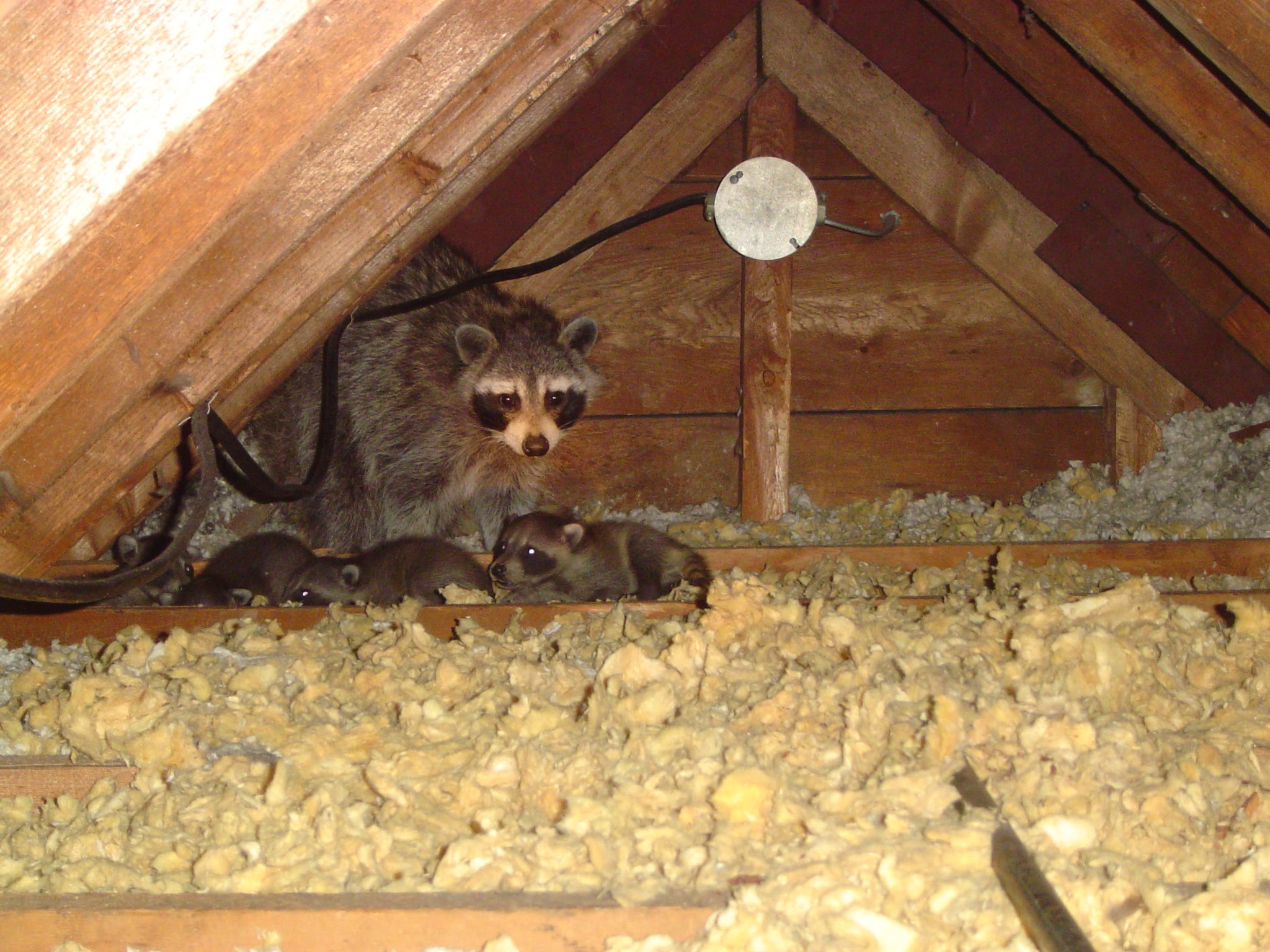When wildlife animals invade your home, your first thought is to get them out. But did you know that your wildlife invasion problems are not solved by removal alone? Long after animals are out of your space you, your family, pets, and guests may suffer from the side effects of their presence. Clearing the space of the physical evidence of wildlife animal presence, therefore, serves a purpose that goes way beyond aesthetics. When seeking animal control services, Milwaukee residents should bear this fact in mind.
Nesting Material and Food
The nesting material and food left behind after wildlife removal can create a hazardous situation. Some types of food may rot over time, threatening the physical structure as they encourage concurrent decay or they may create a foul smell. The foul smell is especially likely if the wildlife animal that took up residence in your space was omnivorous because it may have brought meat-based food to its nest.
The structural damage left behind by wildlife animals (in cases of prolonged and intense invasions) is sometimes obscured by the mess they leave behind. It is not until the clutter is cleared away that property owners can see the real damage including chewed wires and ripped torn or rotting woodwork. Many of these structural damages can deteriorate further or result in greater problems if they are not detected and addressed. Chief among these is the risk of electrical fires being triggered by damaged wiring.

Wildlife can leave food, fur, fleas and more in your home, proper clean up is important.
The Health Risks
In addition to making the space uncomfortable by creating a bad smell, animal waste can harbor harmful bacteria that can lead to numerous diseases. Rodents, for example, are associated with Leptospirosis and the hantavirus among others. Leptospirosis, which has the potential to be deadly, is transmitted by contact (via ingestion) with rodent urine. This urine may be in the soil, drinking water or on the surfaces of the home. The hantavirus is contracted by inhaling dust carrying the bacteria, physical contact with rodents’ urine or fecal matter and through bite wounds.
Wildlife birds are not off the hook either as they too are known to pass on viruses and diseases to pets and people. They can also transport parasites into your home putting the entire family including pets at risk of infection.
Animals like raccoons, bats, and skunks are associated with distemper and rabies which can be transmitted to pets and human beings. Both distemper and rabies can be deadly but rabies moves swiftly, attacking the gray matter in the animal’s brain. Once you notice your pet acting strangely rush to the vet to rule out these dangerous illnesses… and get yourself tested as well!
Human beings who contract rabies tend to be infected by their pets that were in turn infected by wildlife animals. This is why experts advise that pets be taken to the vet promptly once contact with a wildlife animal is suspected to have occurred.
How Expert Intervention Helps
Obviously, it is crucial that wildlife removal is followed up with cleanup efforts. This is why your wildlife removal service needs to be of as high a caliber as Skedaddle. Their trained wildlife technicians are so familiar with all the issues related to wildlife that they will be able to identify the risks of residual evidence of invasion being left behind and assist you in devising ways to thoroughly eliminate all evidence of wildlife presence in your home. The technicians at Skedaddle are animal behavior specialists and therefore are able to find the elusive hiding spots that wildlife animals use for nesting and storage. They also use state of the art equipment to suction away remnants of animal presence, which is really ideal for hard to clean spaces like attics. With Skedaddle’s humane animal control and removal package, Milwaukee residents can access cleaning and clearing services that go a long way in restoring their home to the pre-wildlife invasion state.




